"This appears to be a cloud-top flash," says atmospheric optics expert Les Cowley. "They are not fully understood but might be produced by an inversion layer overlaying the clouds. We need more observations and associated weather data to understand them better."
Basically, a temperature inversion bends the sun's rays to form a mirage that vertically magnifies the tiny color separation which is always present at the edge of the setting sun. Indeed,in Westlake's flash, we see not only green, but also yellow, red, and even a wisp of blue. "The intensity of the blue-green flash caught everyone by surprise!" says Westlake.
www.spaceweather.com
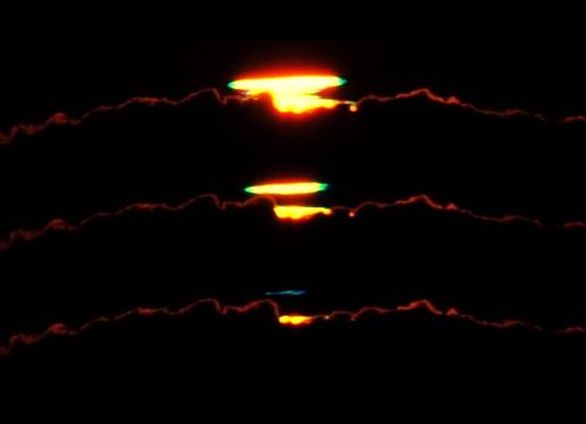
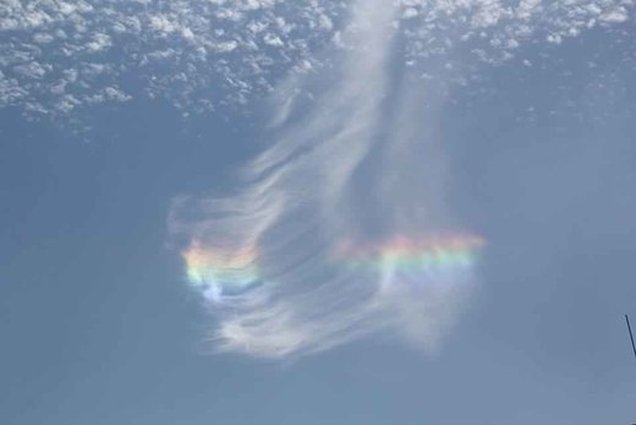
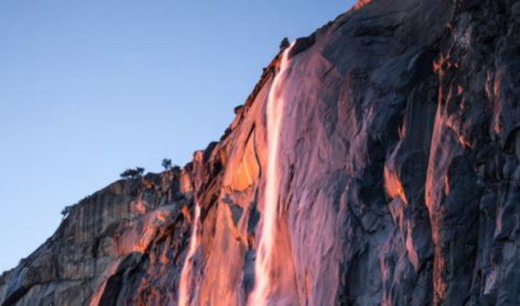
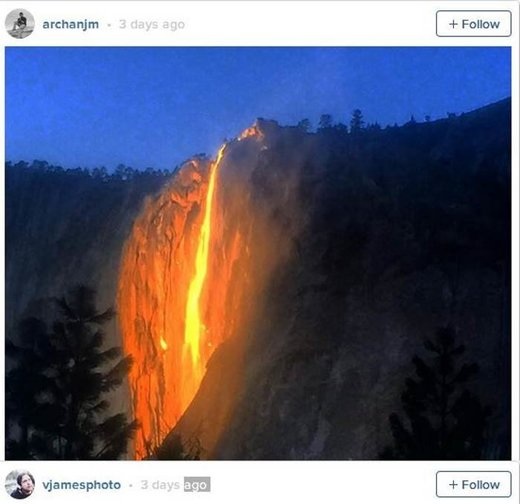
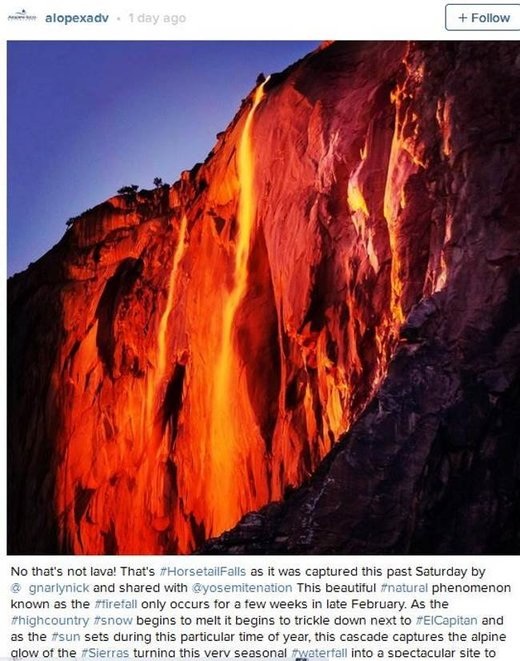
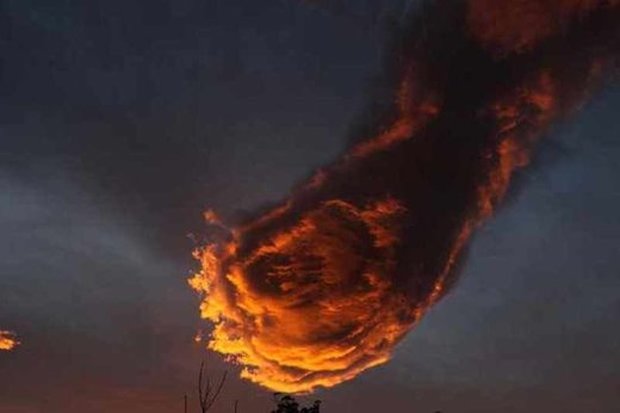
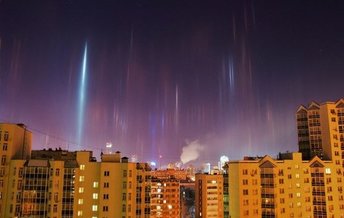
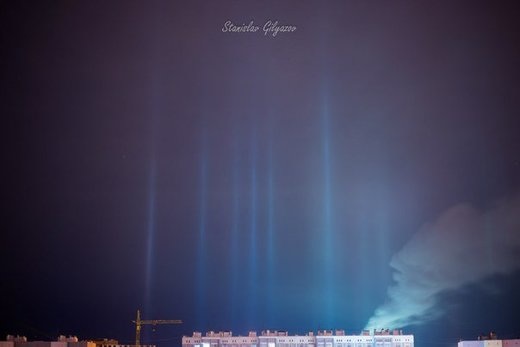


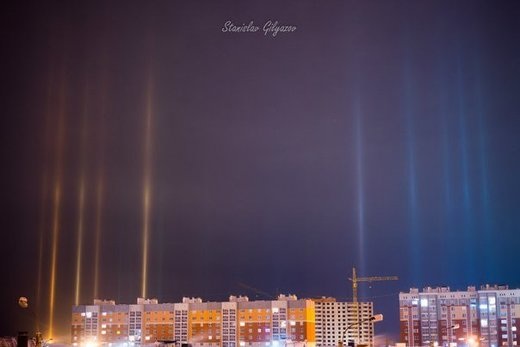
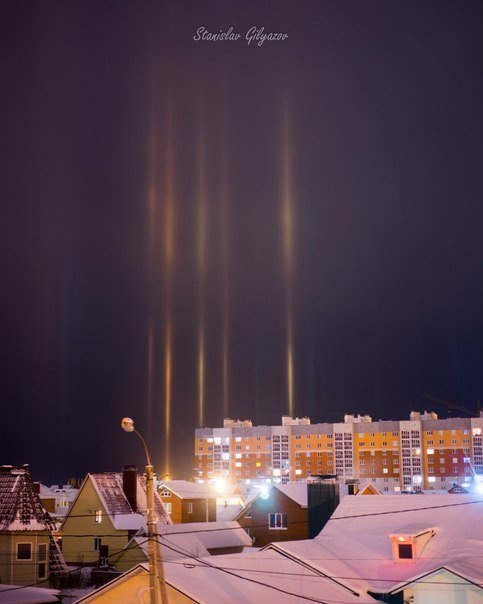
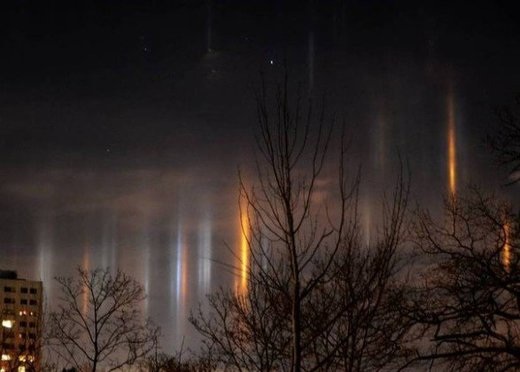
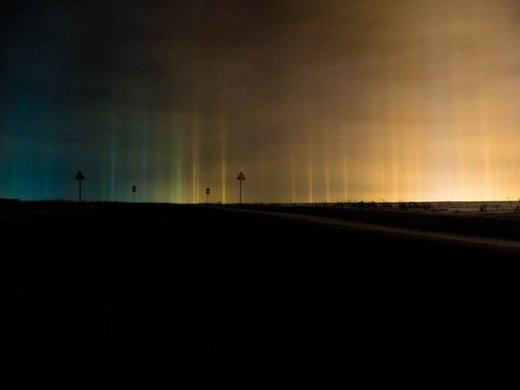
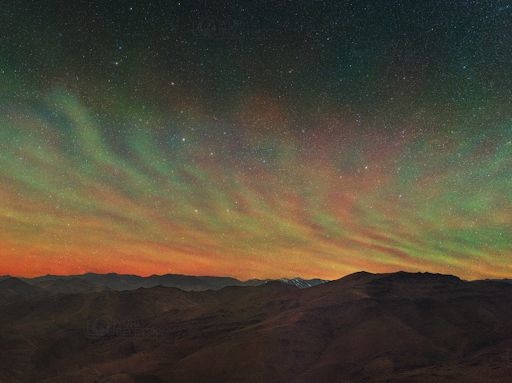

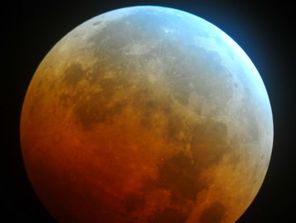
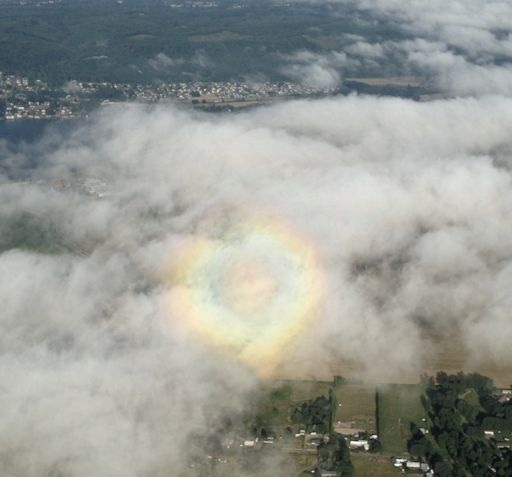
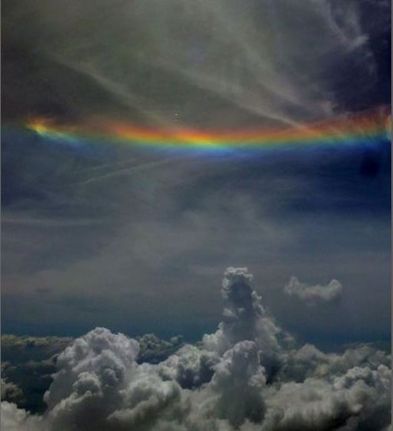
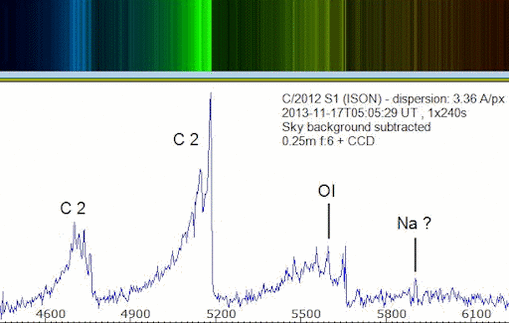
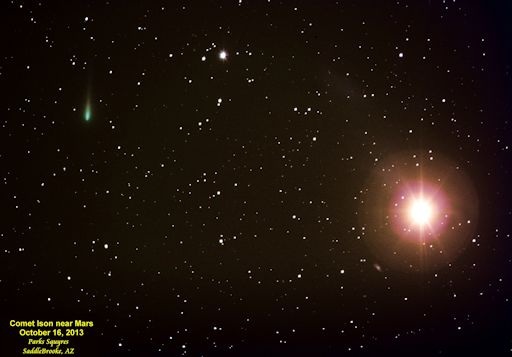
 RSS Feed
RSS Feed
